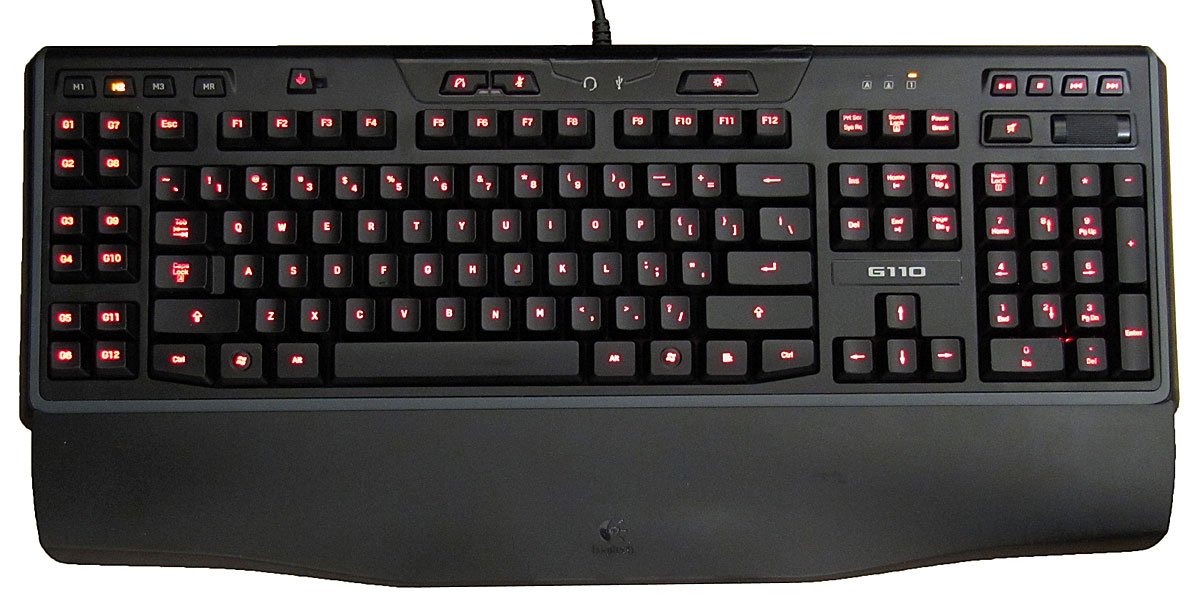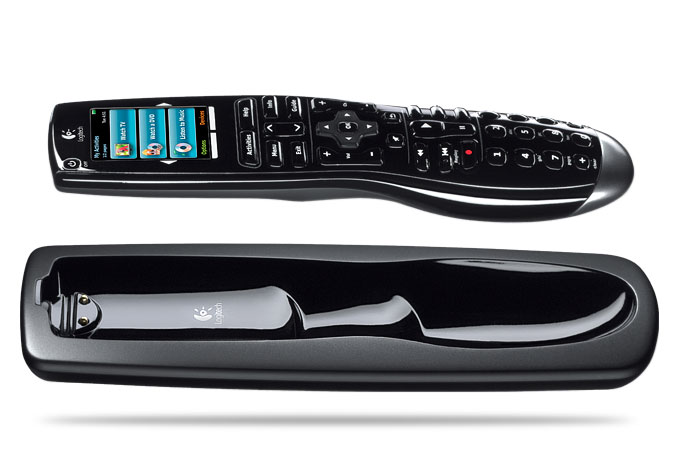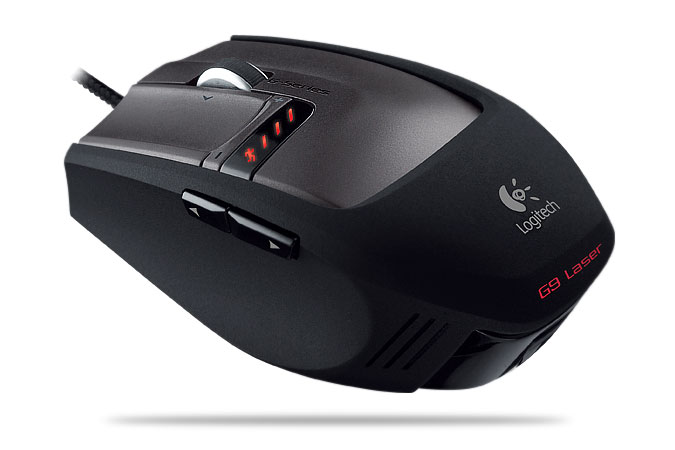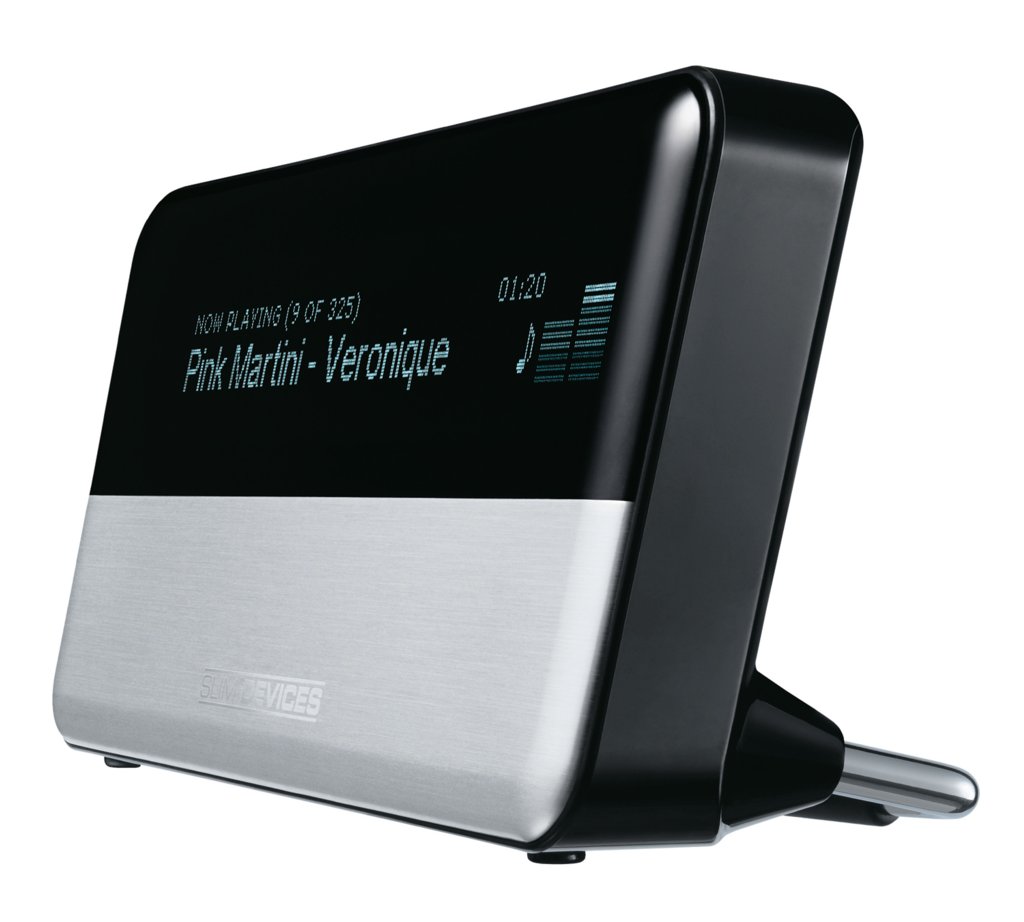Logitech’s Harmony line has always been one geared towards the living room aficionado on a budget. Not to say that the excellent line of universal remotes is cheap in any way, but as a quick, convenient, and extremely functional way of going against the big boys costing thousands of dollars, the line has always excelled. The Harmony One is the latest universal remote on the block from Logitech and we put it through the paces with entertainment setup, how did it fare?
The first thing you notice about the Harmony One is its construction. The remote features a glazed plastic case on top, rubberized on the bottom, along with the gold-plated charging connectors near the top of the unit on the underside. Back on the top side, an ergonomic hard button layout dominates about 80% of the real estate with the neatest advance taking up the other 20%, a customizable touch screen. No longer relegated to a LCD screen with buttons lining the sides, the Harmony One inherits features from its big brother the Harmony 1000 in a full screen representing advanced remote options and a colorful display which also doubles as a help guide should you need it.
Setting up the remote was a piece of cake. I downloaded the latest version of the software from Logitech’s website, installed the package and followed the on-screen instructions. Upon connecting the remote the computer detected the type of remote and its version automatically, performing any updates needed before we started programming.
Once you get into the meat of the software you’re faced with the semi-daunting task of tracking down all the makes and models of your stereo equipment, the database has tens of thousands of entries to emulate and just about everything is in there. I was setting up an HD cable box/DVR (Scientific Atlanta), LCD TV (Phillips), DVD Player (Sony), Receiver (Pioneer), Nintendo Wii, and PlayStation2. The cable box and DVD Player were using HDMI and the rest were using component cables for progressive scan input.
The Harmony software found entries for all my devices except for the TV, which I expected. As the TV was purchased from Costco I expected the model number to be different than the actual TV as some manufactures will modify an existing unit as a Costco exclusive model, after some programming I was able to find a suitable model to emulate my actual TV. This programming involved placing my TV remote in front of the Harmony One and pushing the buttons when asked for by the software, after examining the IR codes a list of suitable TVs popped up allowing me to choose the correct one, or in my case, the closest one I could.
After all the devices are accounted for, the next step is setting up activities. The remote software is smart enough to know which devices are used for which activities you perform every day, shutting off unneeded units, allowing you to specify which device controls your audio volume, etc. Each activity can be customized from the default set up and new activities can be added. For example, when sitting in front of your system, choosing “Watch a DVD” will power on the TV, Receiver, DVD Player, set the receiver to the correct output, and set the TV to the correct input. If a device is already on the remote will skip that instruction, and if you switch from your cable box to the DVD player, it will power down the box automatically. All in all switching activities is painless and takes about 10-15 seconds for all the signals to be sent, although you do have to keep the remote within IR range during this time so that all the instructions are sent and received.
There’s a special notice for gaming systems within the software, which was presented when setting up the Wii (or PlayStation3) to run, in that the Harmony One lacks the ability to send Bluetooth signals, making it unable to power on the Wii (or PS3) system. This isn’t a big deal considering you’re going to switch to the Wii remote anyway at this point if you want to do anything (sadly the Harmony One is not motion controlled).
The One does, however, detect when its been picked up, turning on the touch screen and the backlights on the hard buttons, which are etched with their labels allowing a bright, white glow to shine, easily visible in the darkest room. The auto-sleep saves battery power, after nearly two weeks of testing we haven’t even had to hook up the provided, glossy caddy which keeps the unit charged.
Granted you’re never going to be able to get rid of all your remotes, even though the Harmony One supports up to 15 different devices at a time. In the case of audio receivers there’s a huge amount of customization options that would impossible to pass off to any universal remote, and a lot of the specialized functions like customizing audio channels, input setup, etc. are always going to need the OEM remote, so don’t throw those originals away just yet.
In actual real-world use the Harmony One surprised us because of its ability to compensate for the missing hard buttons with the touch screen. The Scientific Atlanta cable box using coded keys to complete commands within the DVR menu, these buttons were automatically represented on the touch screen, of which can display up to six buttons at a time, along with the List Programs button and a few others which wouldn’t necessarily be standard on every device. Similar buttons appeared when using our Sony DVD player, including the Eject and Angle buttons being delegated to the screen.
The touch screen itself is sensitive enough to get the job done, however there were a few false positive clicks, either being too close to one of the other buttons (in which we actually hit the wrong command) or hitting a button and the cable box not responding. This happened few and far between in our testing so we’re identifying it as something either blocking the IR or the remote not pointed in the right direction. However, with some tweaking of the options on the remote you can increase or decrease the sensitivity of the screen to your liking.
The hard buttons are firm, needing a good deal of pressure to depress them, but not too much. They are a big change from the standard rubberized and soft buttons found on most OEM remotes, so some getting used to them is likely. The placement of the buttons was one of the most researched portions of the remote with the DVD/DVR navigation commands falling dead center under your thumbs resting place and the program control buttons like fast forward, play, stop, etc. all just a short throw away from your default grip.
The shape of the remote, as stated previously, has the user in mind with the ergonomics beautifully presented and the weight completely balanced between the seemingly heavier bottom and the lighter top. The remote is also solid, there doesn’t appear to be much, if any, hollow space on the inside giving the unit a great feel in your hands. Holding it in your hand the remote feels natural, with most of the commonly used buttons within range of your thumb, however the touch screen is not, requiring you to both look at the remote and move your hand to choose any of the functions.
The final advantage to the Harmony One, besides its MSRP of $249.99, is the on screen help guide which is basically a built in troubleshooter without the internet forums and the trolls within. If you are having trouble with a particular device, or you pointed the remote away from the setup while it was switching activities, the on-screen help guide will take you through some simple questions in order to weed out the problem. We only needed to use this once during our testing, but it solved the issue (the correct input was not selected) and haven’t had any other problems.
The Harmony One worked nearly flawlessly in our testing, excelling in every task that we through at it. The ease of customization via an intuitive software package, quick and easy USB support, and the ability to suit it to your needs without shelling out $1000 makes the Harmony One an easy pick and a high recommendation. If you aren’t ready for a full touch screen yet, or you’re on a budget after shelling out $10,000 on the entertainment system itself, the feature set of this remote makes it a steal at just under $250.





